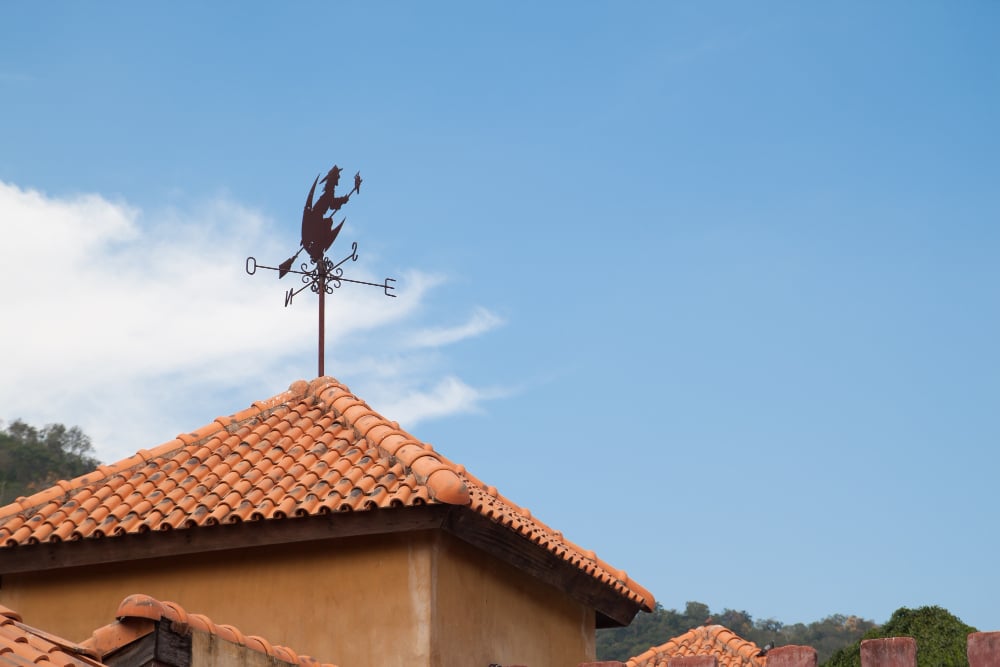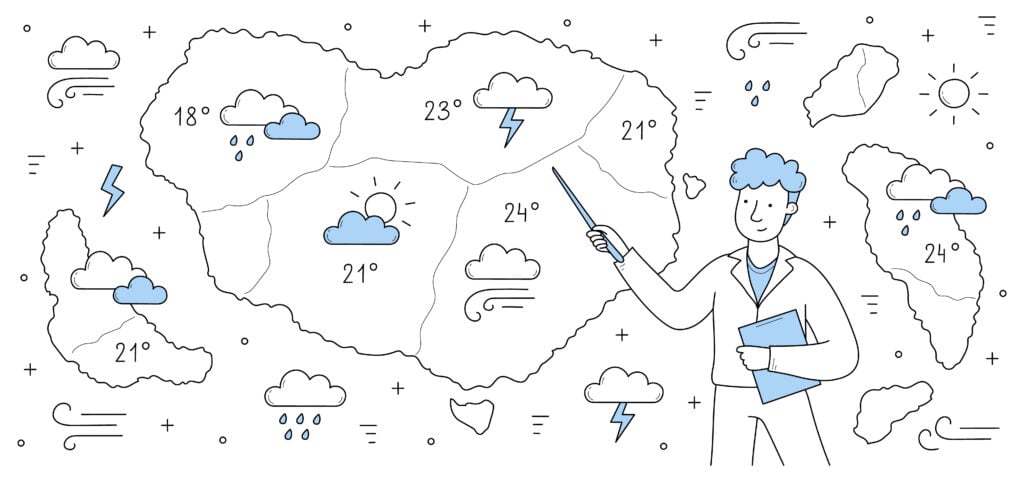Florida’s Wind Speed Maps and Your Roof: A Homeowner’s Guide
Posted 9.26.2025 | 4 Minute Read

Living in South Florida means preparing for hurricane season. If you worry about whether your roof can handle the next big storm, you’re not alone. Understanding Florida’s wind speed maps isn’t just about building codes, it’s about keeping your home and family safe.
Here’s a simple guide to what these wind maps mean for your roof.
What Are Florida’s Wind Speed Maps?
Florida’s wind speed maps divide the state into zones based on how strong hurricane winds can get. These maps set the minimum standards for how strong your roof needs to be.
It’s simple: the closer you live to the coast, the tougher your roof needs to be. In South Florida, especially Miami-Dade and Broward, the rules are the strictest in the state. This is because our area often faces a hurricane’s full force, and these codes are designed for your protection. You can learn more about hurricane-proofing your roof in our detailed guide.
Key Insight: These strict codes aren’t just rules—they’re designed to keep your home and family safe during a hurricane.
What Wind Rating Does My Roof Need?
Your roof’s required wind rating must match the specific wind speeds for your zone. Florida’s building code is strict on this point: contractors cannot assume that nearby buildings or trees will act as a shield. This is because your roof needs to be strong enough to stand on its own, even if the landscape around it changes.
This is why the quality of the installation is just as critical as the quality of the materials. Even the highest-rated shingles or tiles can be torn off in a storm if they are not fastened correctly. A proper installation, using the right techniques and fasteners for our South Florida climate, is what truly locks in your roof’s strength and ensures it performs as designed.
How Strong Are Different Roofing Materials?
Not all roofing materials handle high winds the same way. Asphalt shingles are common, but even high-grade ones can struggle in a major storm. On the other hand, metal roofing is a top performer, often handling very high winds. Tile roofing, whether clay or concrete, also offers great resistance, but only if installed the right way with strong adhesives and fasteners.
What Wind Speed Can Actually Damage a House?
Damage can start at lower speeds than you might think. It’s important to understand the risks at each stage.Catching small problems early is key. If you see any signs of wear, it’s wise to schedule a professional roof inspection.
| Wind Speed (MPH) | Potential Damage |
| 50-60 | Shingle edges can lift; small tree branches may break. |
| 70-80 | Roof materials can begin to come loose; siding may be damaged. |
| 90-100 | Significant roof damage is possible, even on well-built homes. |
| 130+ | Major structural damage becomes much more likely. |
Can a House Withstand 200 MPH Winds?
A standard home is not built to withstand 200 mph winds. Most homes start to have serious structural problems around 150 mph. However, special construction methods, like using steel-reinforced concrete, can offer more protection, but they are a significant investment.
How Can Wind Maps Save Me Money on Insurance?

Knowing your home’s wind-resistant features can lead to big savings on homeowners insurance. A wind mitigation inspection identifies these features and often pays for itself in the first year. An inspector will look for things like a hip-style roof (which is more wind-resistant), impact-rated roofing materials, and hurricane clips that secure the roof to the walls.
Homeowner Savings: A wind mitigation inspection can lead to insurance discounts of 10-45% annually.
What Are “Betterments and Improvements” in Insurance?
In insurance, “betterments and improvements” are simply upgrades that add value and protection. For your roof, this could be switching from basic shingles to a stronger metal roof. These upgrades make your home safer and can also help you qualify for those insurance discounts.
Get Help from a Trusted Expert
Florida’s wind codes can feel complicated, but you don’t have to figure them out alone. Working with an experienced local roofer makes the process simple. At Coastal Roofing of South Florida, we help homeowners understand their options and make smart decisions. Whether you need a roof repair after a storm or a full replacement, our team is here to help you feel secure.
Ready to make sure your roof is prepared for anything? Contact us today for a free, no-obligation inspection. We’ll assess your roof, explain your options clearly, and create a plan that fits your home and budget.
Recent Articles
